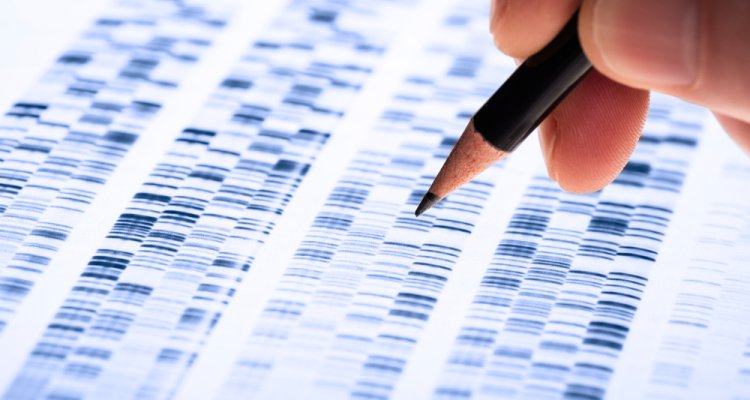
News
How can we use genomic data for the conservation of genetic diversity?
How can genomic information contribute to the assessment, preservation and restoration of genetic diversity? These questions, and more, were discussed at the symposium ‘Genomics applied to conservation of genetic diversity’.
The symposium was held on the 27th of September, prior to the PhD defence of Ina Hulsegge. Presentations covered the conservation in gene banks, studying diversity of populations at risk, maintaining diversity though management of inbreeding, and using local breeds for production by crossing them with commercial breeds.
Using genomic information and techniques
Due to intense selection in livestock species their genetic diversity is threatened. Conservation efforts are costly, while conservation budgets are often limited. Therefore, choices have to be made. Before the introduction of genomics, decisions for conservation of breeds and individual animals were based on phenotypes and pedigrees. Now, DNA information can be the base for conservation decisions.
In her thesis, Ina Hulsegge applied genomics to conservation practices. More specific, genomic tools and methods were applied to prove their relevance for the conservation of Dutch livestock breeds. The use of genomics led to a more detailed understanding of the genetic diversity conserved in gene banks or in living populations of local breeds in the Netherlands. With the help of genomics, the decisions for conservation can be made more accurately. Gene banks are advised to characterise their material with these developed genomic techniques.
Genomic information in practice
Presentations at the symposium also showed the basic challenges of preserving local breeds, and the insights genomic information can give in preservation strategies. Dr. Jaanna Peippo, senior scientist farm animals at NordGen, explained that one of the targets of gene banks is to make sure they have enough reproductive material stored for the reconstitution of a local breed, storing semen, oocytes and even embryos of a genomically diverse set of individuals from the population. Of course the best way to preserve a breed is to let them be of value in our production system.
Speaker Prof. Dirk Hinrichs from the University of Kassel studied unique characteristics of the Angler Saddleback pig to create a niche market and gains in productivity of local breeds, by crossbreeding them with commercial breeds. This will allow for the productivity needed on commercial farms and the benefit of the locally adapted breeds that may perform better in extensive systems.
Ir. Noelle Hoorneman (Centre for Genetic Resources, Wageningen University & Research) illustrated that the genomic information of Dutch sheep breeds matches their geography, history, use and genetic management. These insights are valuable for assessing the effects of selection and genetic management measures.
Using genomic information to calculate inbreeding
There are many ways to calculate inbreeding using genomics. They can tell us what is happening at DNA level, and hence can be classified as measures of drift, homozygosity and identity by decent (IBD). Prof. Theo Meuwissen (Norwegian University of Life Sciences) suggested that IBD based inbreeding management should be applied in practise, because it does not cause any directional allele frequency changes, and leaves allele frequency changes to the (natural) selection part of the breeding program. Dr. Jack Windig (Wageningen University & Research) advocated to identify the genetic load using genomics, and to combine inbreeding management with elimination of deleterious alleles.